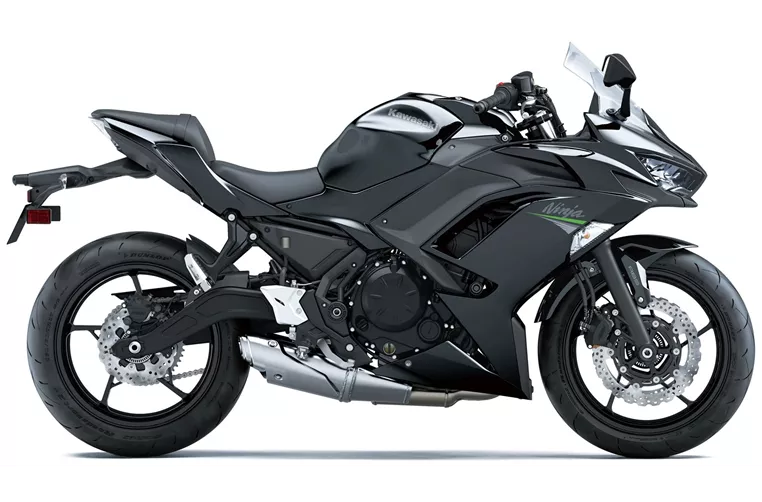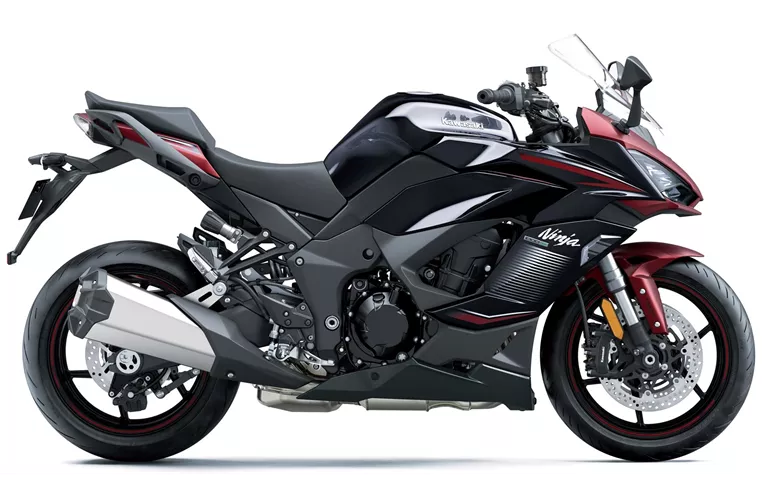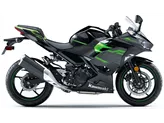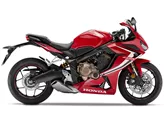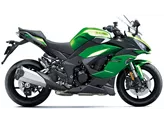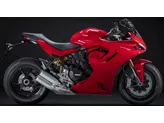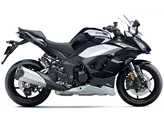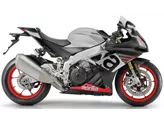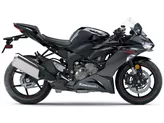Kawasaki Ninja 650 2020 vs. Kawasaki Ninja 1000SX 2023
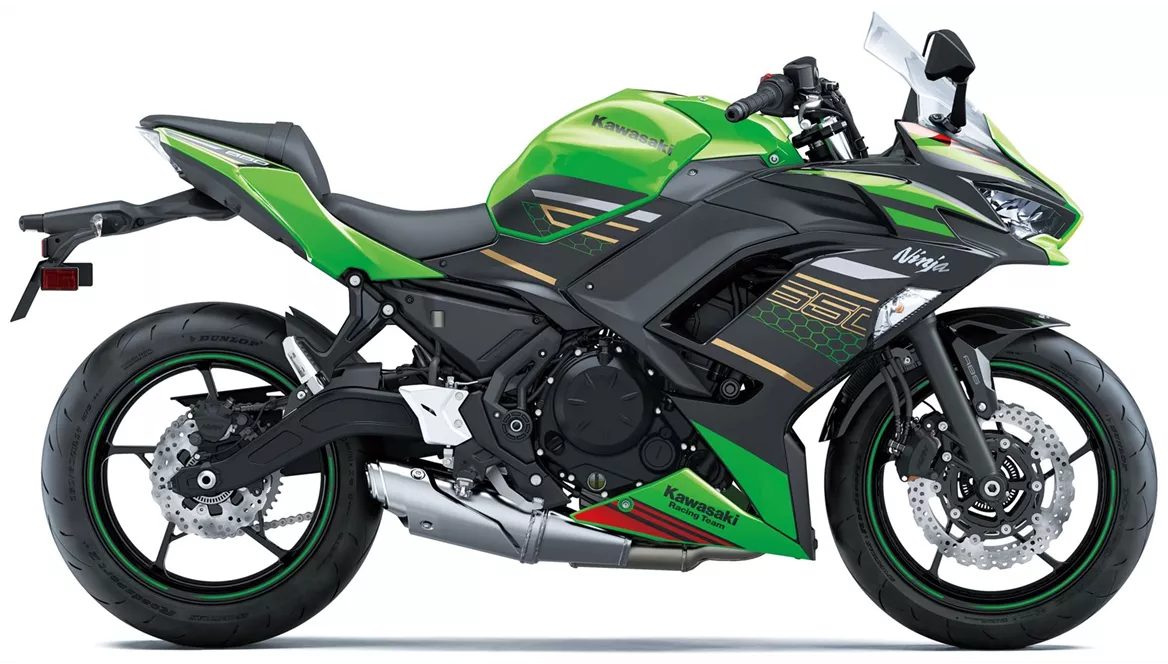
Kawasaki Ninja 650 2020
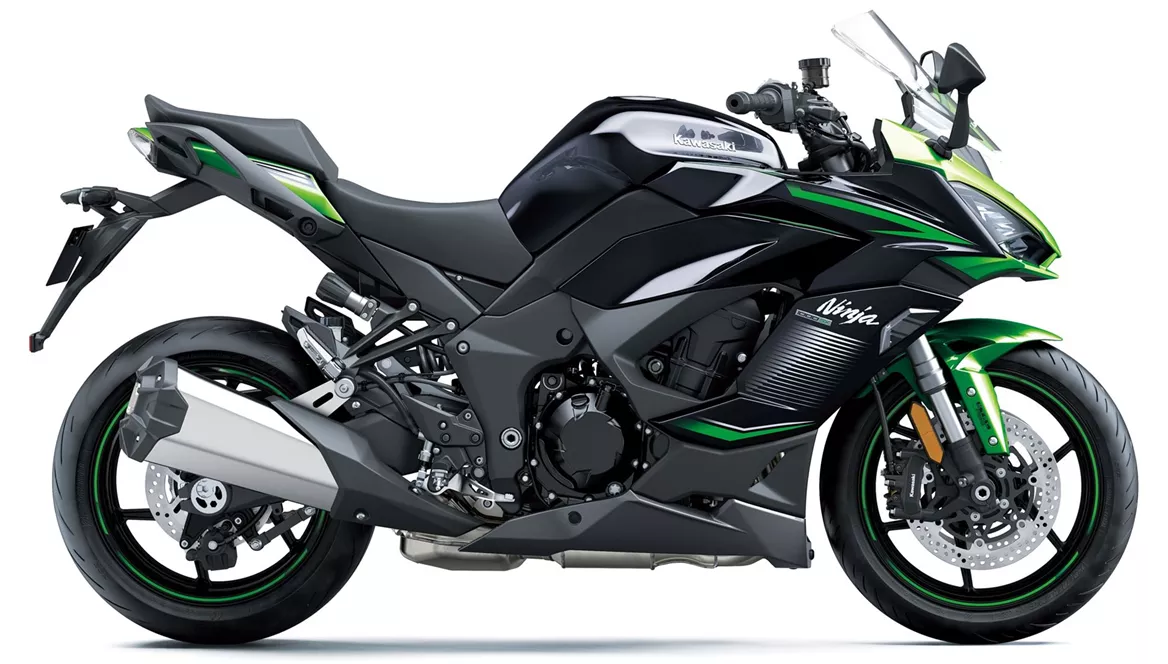
Kawasaki Ninja 1000SX 2023
Overview - Kawasaki Ninja 650 2020 vs Kawasaki Ninja 1000SX 2023
The Kawasaki Ninja 650 2020 and the Kawasaki Ninja 1000SX 2023 are both sporty motorcycles from Kawasaki, but they have some key differences in terms of their technical specifications and features.
Starting with the engine and drive train, the Ninja 650 2020 is equipped with an inline two-cylinder engine with a displacement of 649cc, producing 68.2 horsepower and 65.7 Nm of torque. On the other hand, the Ninja 1000SX 2023 features an inline four-cylinder engine with a larger displacement of 1043cc, delivering a more powerful 142 horsepower and 111 Nm of torque. This makes the Ninja 1000SX significantly more powerful and suitable for riders who crave more performance.
In terms of suspension, both models feature a telescopic fork at the front and a swing arm with a monoshock at the rear. However, the Ninja 1000SX 2023 has an upside-down telescopic fork at the front, providing better performance and stability during aggressive riding. Additionally, the Ninja 1000SX 2023 offers more suspension travel, allowing for a smoother ride over bumps and uneven surfaces.
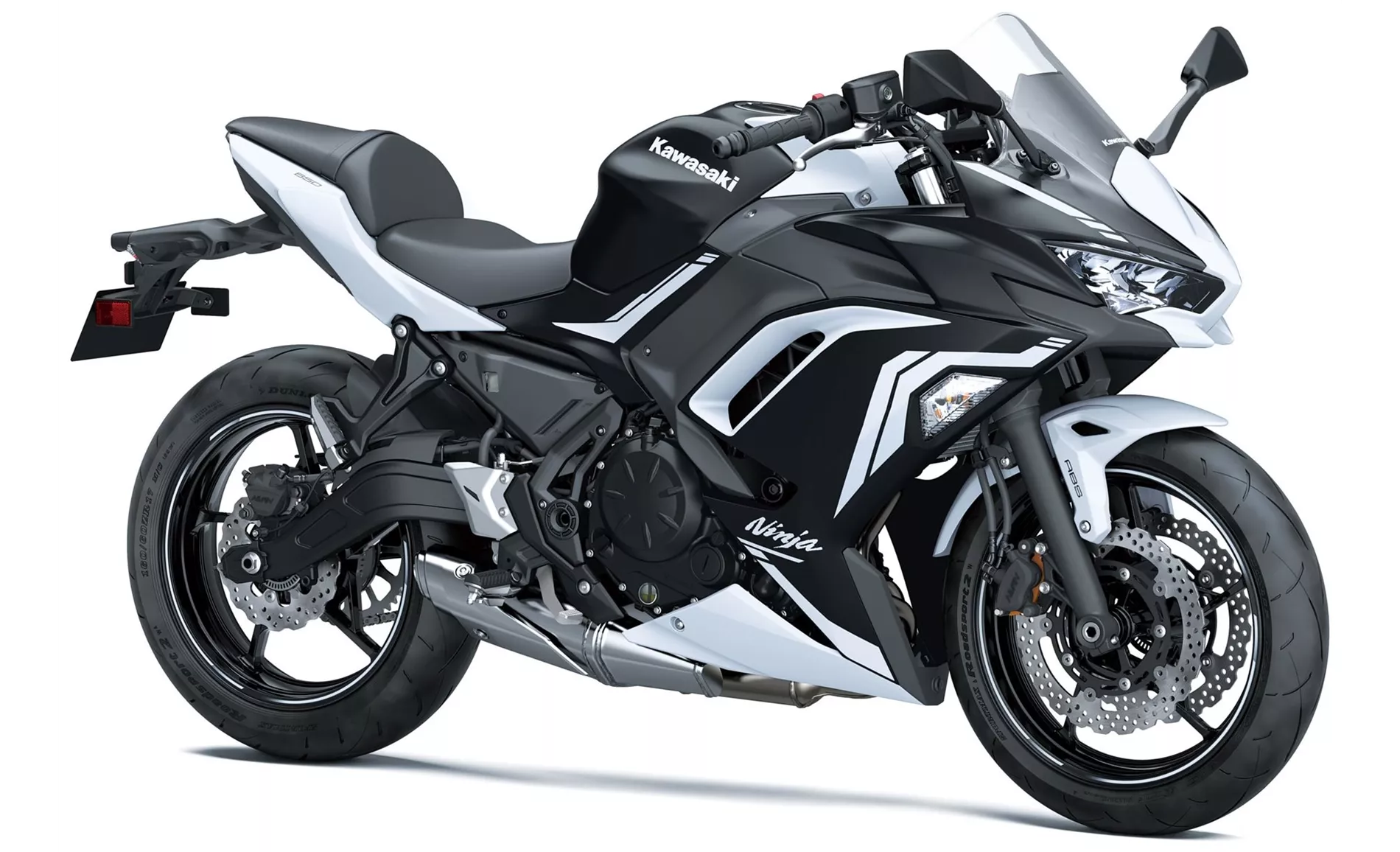
Kawasaki Ninja 650 2020
The chassis of the Ninja 650 2020 is made of steel, while the Ninja 1000SX 2023 features an aluminum frame. The aluminum frame offers better rigidity and handling, enhancing the overall performance of the motorcycle.
Both models come equipped with double disk brakes at the front, but the Ninja 1000SX 2023 has radial, monoblock, petal technology, which provides better braking performance and control. The Ninja 1000SX 2023 also offers additional advanced rider assistance systems such as riding modes, cornering ABS, ride by wire, quickshifter, and traction control, making it a more technologically advanced motorcycle.
In terms of dimensions and weights, the Ninja 1000SX 2023 has a slightly longer wheelbase and a higher seat height compared to the Ninja 650 2020. The Ninja 1000SX 2023 also has a larger fuel tank capacity, allowing for longer rides without the need for frequent refueling.
Both models come with LED daytime running lights, LED headlights, and a TFT display. However, the Ninja 1000SX 2023 also features an adjustable windscreen, providing better wind protection during high-speed riding.
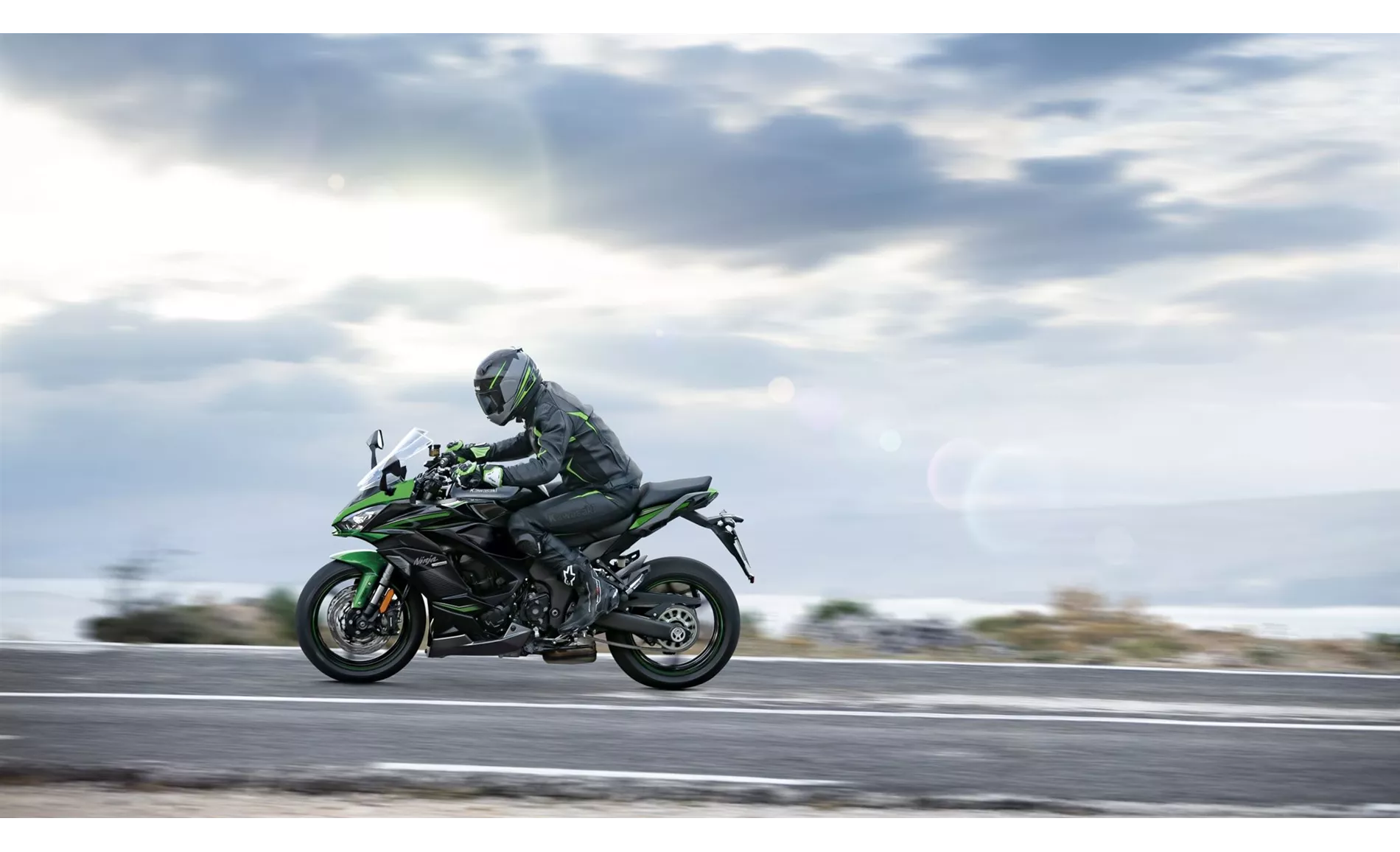
Kawasaki Ninja 1000SX 2023
In terms of strengths, the Ninja 650 2020 is praised for being one of the last of its kind, with a powerful two-cylinder engine and a comfortable seat suitable for touring. It also has compact dimensions, a beginner-friendly seat height, a stable chassis, a TFT display with connectivity, and a sporty look. On the other hand, the Ninja 1000SX 2023 is praised for its silky four-cylinder engine, comfortable yet sporty ergonomics, wind protection, standard electronics package, and lots of stability thanks to its full fairing. It is also considered very accessible.
However, the Ninja 650 2020 has some weaknesses, including being overall too dainty for tall riders, a front brake pressure point, and limited suitability for touring with two people. The Ninja 1000SX 2023 has its own weaknesses, such as the engine needing revs, electronics that could be more user-friendly, and a windshield that can only be adjusted with two hands.
In conclusion, while both the Kawasaki Ninja 650 2020 and the Kawasaki Ninja 1000SX 2023 are sporty motorcycles, the Ninja 1000SX 2023 offers more power, advanced rider assistance systems, and additional features that make it a more high-performance and technologically advanced option. However, the Ninja 650 2020 may still be a suitable choice for riders who prioritize comfort and a more beginner-friendly experience.
Technical Specifications Kawasaki Ninja 650 2020 compared to Kawasaki Ninja 1000SX 2023
Pros and Cons in comparison
Pros and Cons in comparison
Kawasaki Ninja 650 2020
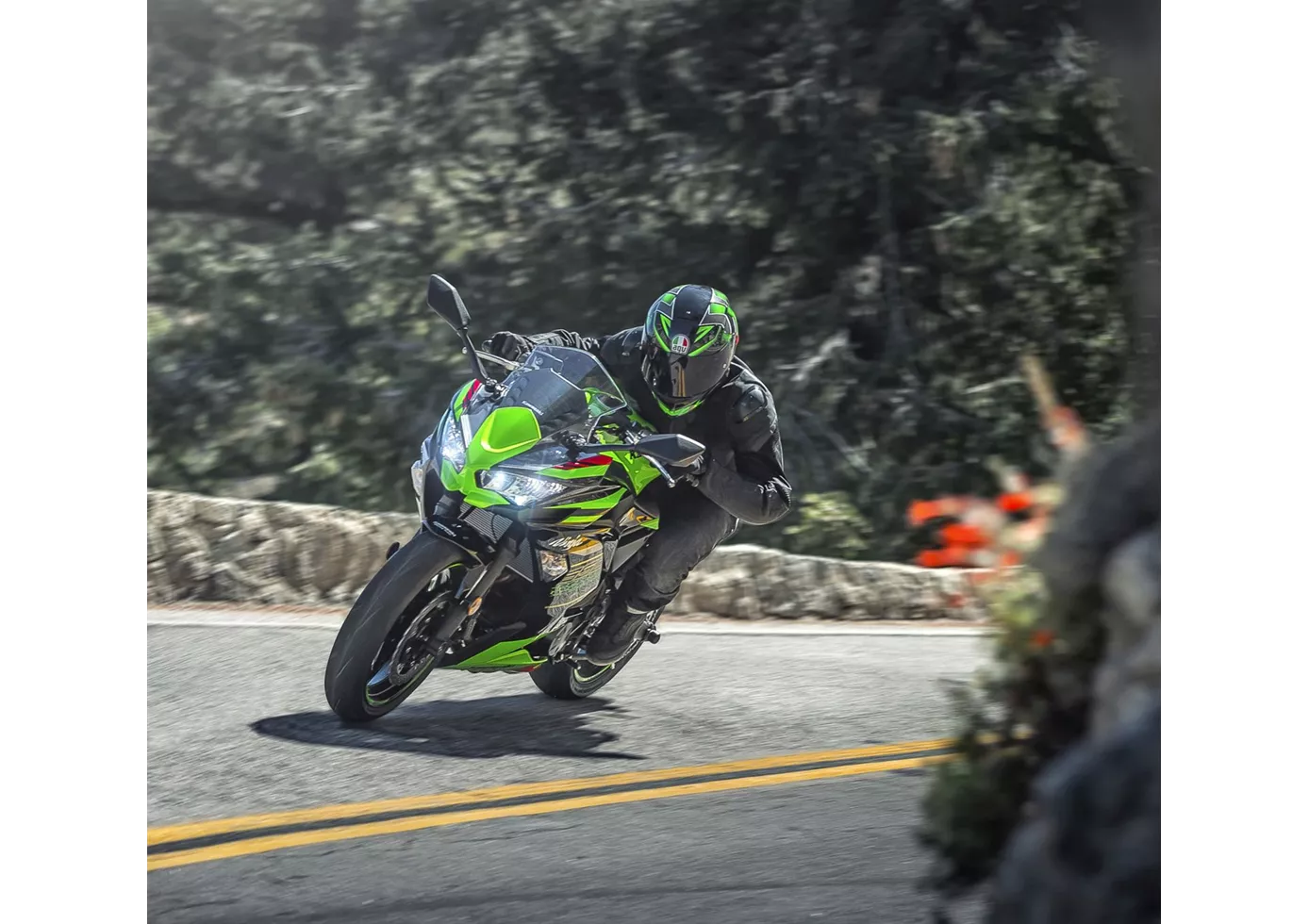
Save the sport tourer! With the Ninja 650, Kawasaki has created an exemplary representative of this class and (hopefully) solved the problem of the new generation. The stable chassis and the decent two-cylinder will delight beginners and advanced riders alike, even at a brisker pace. The front brake is a little too well intentioned, lacking a transparent pressure point despite basically good braking performance. Another plus is the TFT display, which we don't find in the competition at the moment, as well as the grown-up look, which is strongly oriented towards the larger Ninja models.
Kawasaki Ninja 1000SX 2023
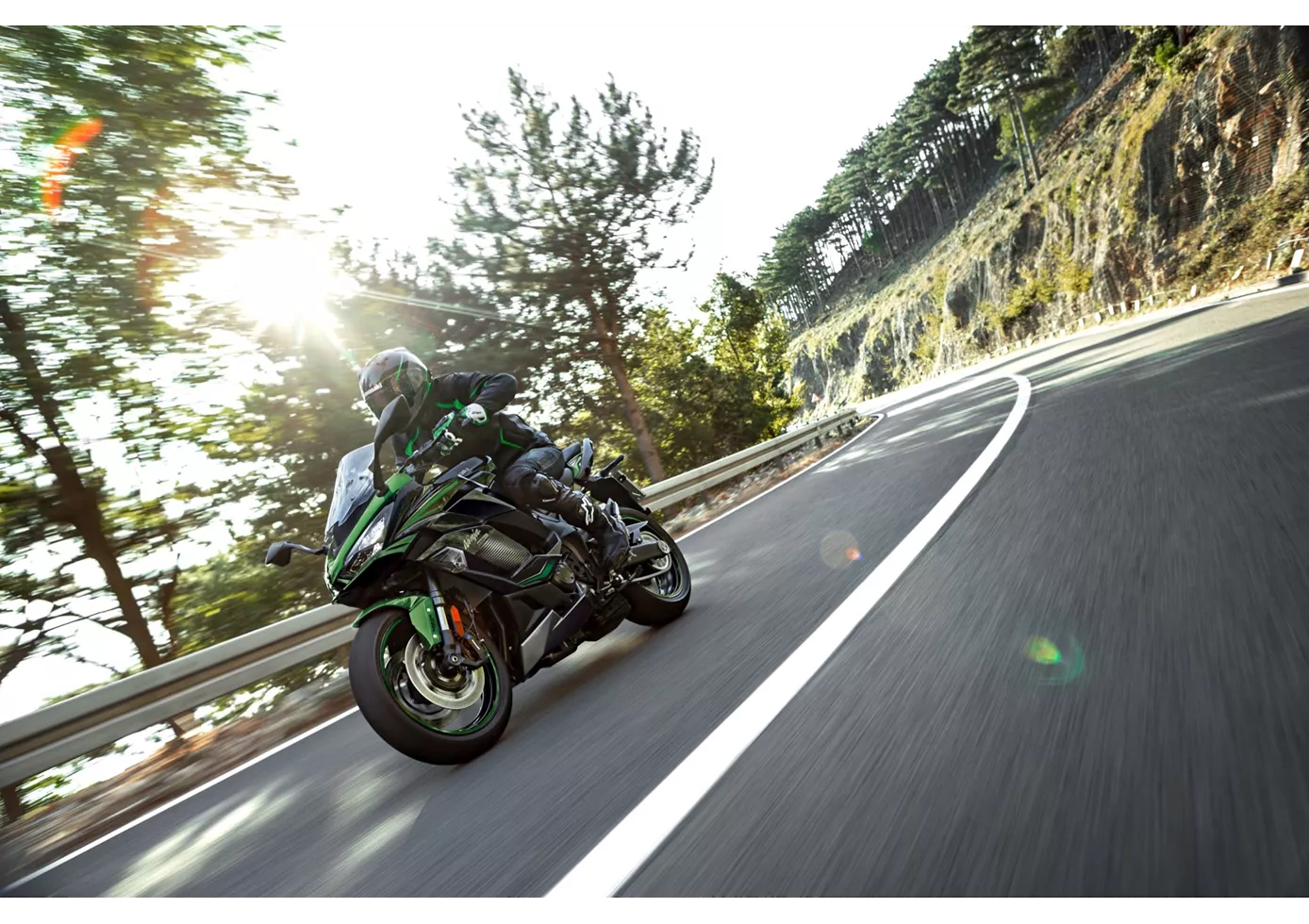
A sports tourer of the old school. The Kawasaki Ninja 1000SX fulfils all the points you would expect from this bike category. Added to this is a comprehensive electronics package that offers everything you could wish for when travelling - and at no extra charge! The fact that the operation is perhaps not quite as intuitive as the competition already manages, is forgiven at the latest when you take a look at the price tag.
Price Comparison Avarage Market Price Kawasaki Ninja 650 vs Kawasaki Ninja 1000SX
There are a few key differences between a Kawasaki Ninja 650 2020 and a Kawasaki Ninja 1000SX 2023. In terms of price, the actual average price of a Kawasaki Ninja 1000SX 2023 is about 90% higher. Compared to Kawasaki Ninja 1000SX 2023 there are less Kawasaki Ninja 650 2020 bikes available on the 1000PS.de Marketplace, specifically 10 compared to 89. It takes less time to sell a Kawasaki Ninja 650 with 75 days compared to 128 days for a Kawasaki Ninja 1000SX. Since model year 2017 1000PS.de editors have written 20 reviews for the Kawasaki Ninja 650 and 13 reviews for the Kawasaki Ninja 1000SX since model year 2020. The first review for the Kawasaki Ninja 650 was published on 10/4/2016 and now has more than 79,600 views. This compares to more than 40,500 views for the first review on Kawasaki Ninja 1000SX published on 11/5/2019.
